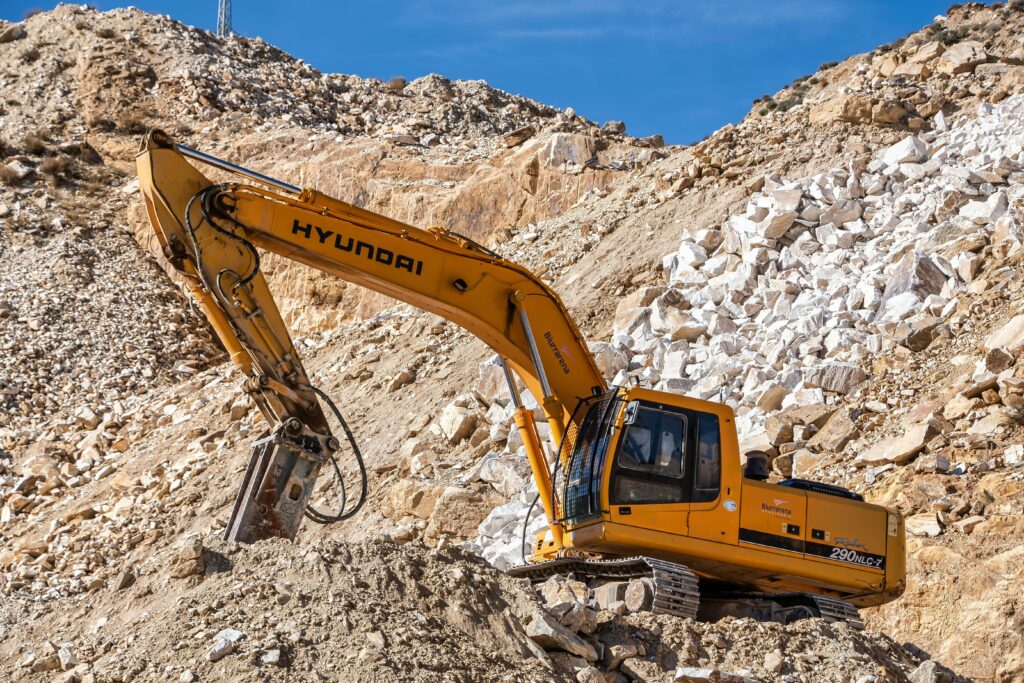HD Hyundai Merger: A Bold Step Toward Global Expansion
The recent HD Hyundai merger has positioned the South Korean equipment giant on an ambitious path toward achieving an $11B revenue milestone by 2025. Backed by a strong growth strategy and global market influence, Hyundai is redefining how mergers can drive scale, efficiency, and long-term competitiveness in construction equipment manufacturing.
Unpacking Hyundai’s Ambitious Global Expansion Strategy
The announcement of the HD Hyundai merger has shaken the global construction and industrial equipment industry. For Hyundai, this merger is not just a consolidation of resources—it is a calculated leap toward meeting its $11B revenue target. By strategically combining its equipment divisions and streamlining operations, the company is rewriting the rules of growth in an industry facing shifting demand, regulatory pressures, and global competition.
This transformative move comes at a time when the construction equipment market is projected to grow significantly, driven by global infrastructure projects, green construction initiatives, and increased mechanization across emerging economies. The impact of the HD Hyundai merger on international markets is already visible, with analysts noting stronger positioning for Hyundai in North America, Europe, and Asia.
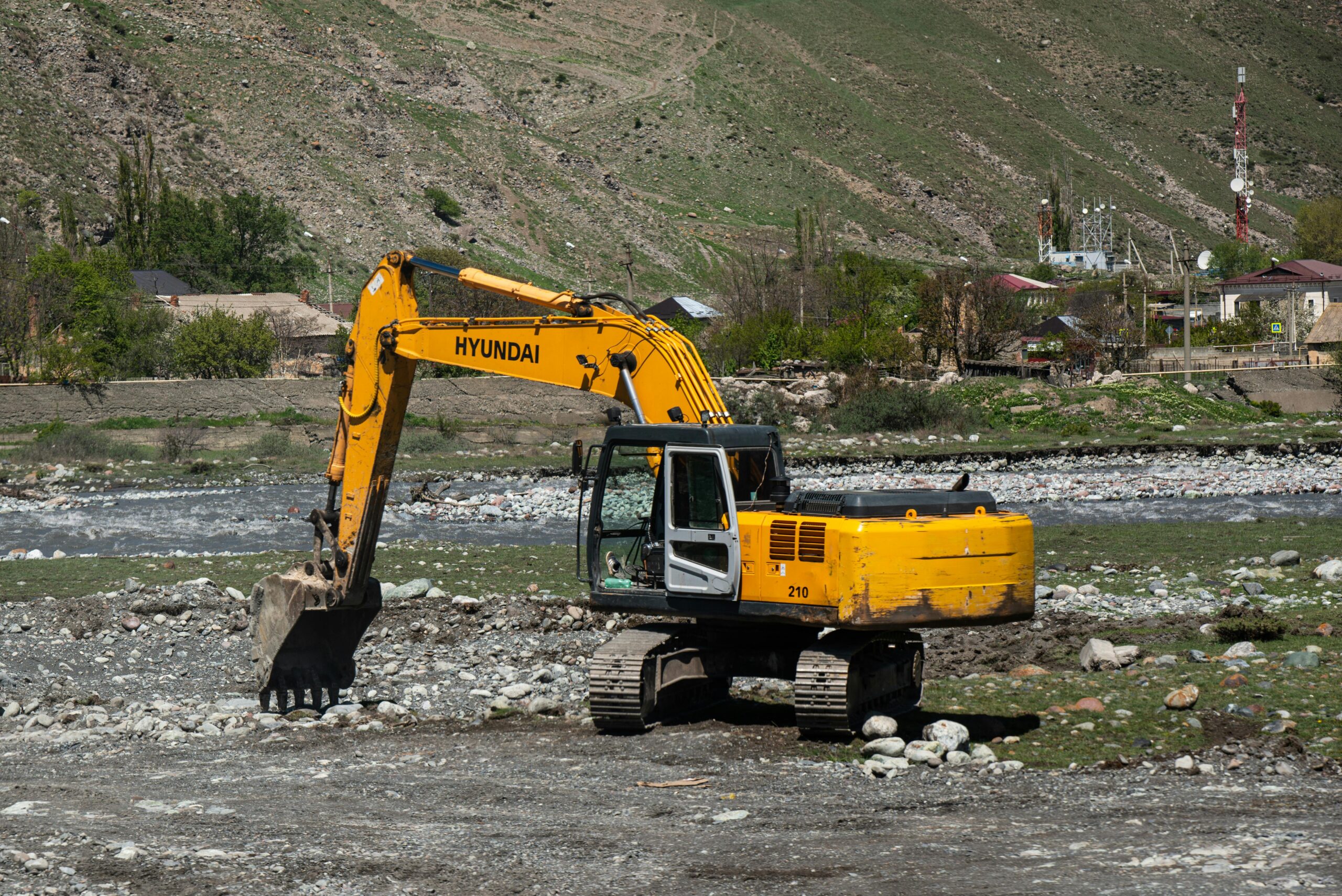
The Road to an $11B Revenue Milestone
The company’s management has been clear about its ultimate goal: to reach an $11B revenue milestone by 2025. This is not just a symbolic number. It reflects Hyundai’s confidence in scaling up its global market share while competing directly with industry heavyweights like Caterpillar, Komatsu, and Volvo Construction Equipment.
So, how does HD Hyundai plan to hit $11B in revenue? At the heart of the company’s strategy is a multi-pronged approach that focuses on product innovation, digital integration, sustainability, and operational synergy across its merged divisions.
- Product Diversification: Expanding beyond conventional machinery into electrified and autonomous construction equipment.
- Market Penetration: Strengthening footholds in Africa, Latin America, and Southeast Asia, where infrastructure development is rapidly accelerating.
- Sustainability Goals: Rolling out eco-friendly machinery to align with global carbon reduction policies.
- Operational Efficiency: Eliminating redundancies and streamlining manufacturing through the merger.
HD Hyundai Growth Strategy: Innovation Meets Sustainability
Central to the HD Hyundai growth strategy is the belief that construction equipment must evolve in tandem with environmental and technological demands. The merger enables Hyundai to pool R&D resources, allowing faster development of cutting-edge machinery.
For example, the company is investing heavily in sustainable, innovative construction equipment, integrating AI-driven monitoring systems, telematics, and predictive maintenance tools. Such innovations are not just designed to improve efficiency—they’re intended to position Hyundai as a forward-thinking leader that aligns with global sustainability goals.
Equally important is Hyundai’s push into electrification. With the global industry shifting away from diesel, Hyundai is developing battery-powered excavators, loaders, and other machinery. This aligns seamlessly with the Hyundai $11B revenue target, as sustainability-focused equipment is becoming a high-demand segment globally.
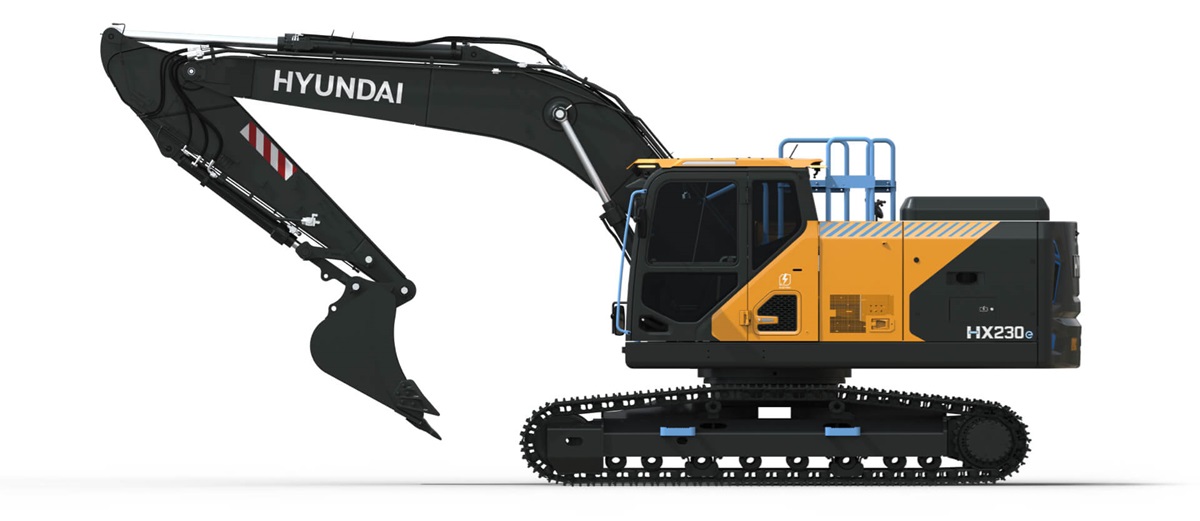
What the HD Hyundai Merger Means for Global Markets
The impact of the HD Hyundai merger on global markets cannot be overstated. By creating a more streamlined, resource-efficient entity, Hyundai is now capable of competing more aggressively against established market leaders.
- North America: Stronger dealer networks and increased demand for large machinery in construction and mining will boost Hyundai’s market share.
- Europe: Hyundai’s sustainable equipment line will likely benefit from stricter environmental regulations.
- Asia-Pacific: Expanding middle-income economies are creating demand for affordable yet durable construction machinery, where Hyundai has a competitive edge.
In addition, the merger positions Hyundai to better withstand global shocks, including raw material price fluctuations, supply chain challenges, and tariff-related disruptions. With consolidated operations, Hyundai is better equipped to optimize production costs while maintaining competitive pricing.
HD Hyundai Revenue 2025: The Targets and Challenges Ahead
The HD Hyundai revenue 2025 target is ambitious, but it is not without challenges. The construction industry is cyclical, heavily dependent on government spending, commodity markets, and global economic health.
One potential roadblock is the intensifying competition from Chinese manufacturers such as SANY and XCMG, which are aggressively pricing their products in emerging markets. Additionally, geopolitical tensions and supply chain bottlenecks could hamper Hyundai’s expansion efforts.
Nonetheless, Hyundai is banking on its HD Hyundai growth strategy to counter these risks. By leveraging scale, enhancing brand reputation, and delivering innovative solutions, the company remains optimistic about securing the $11B revenue milestone by 2025.
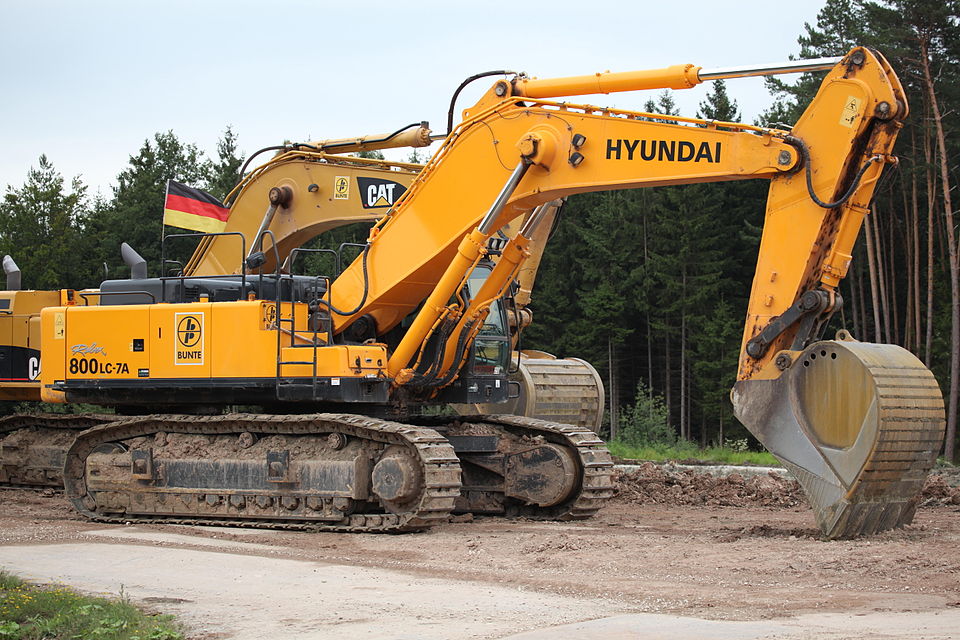
How HD Hyundai Plans to Hit $11B in Revenue
At the core of the merger lies a clear blueprint for success. According to Hyundai executives, the merger provides:
- Economies of Scale – Larger procurement volumes for raw materials reduce costs.
- Enhanced R&D – Shared research initiatives speed up product development cycles.
- Global Synergy – Unified marketing and after-sales networks create a more substantial international presence.
- Customer-Centric Solutions – A more integrated portfolio allows Hyundai to meet diverse customer needs across multiple regions.
These steps directly answer the question: how HD Hyundai plans to hit $11B in revenue. It is not just about expanding production but creating long-term value for customers, dealers, and investors.
The Bigger Picture: Redefining Hyundai’s Market Legacy
The HD Hyundai merger is more than a corporate transaction—it’s a vision for Hyundai’s long-term market legacy. By aligning its growth strategy with innovation, sustainability, and operational excellence, Hyundai is preparing itself to become not just a competitor but a market leader.
If successful, Hyundai will not only achieve the Hyundai $11B revenue target but also solidify its reputation as a global powerhouse in construction and industrial equipment manufacturing.
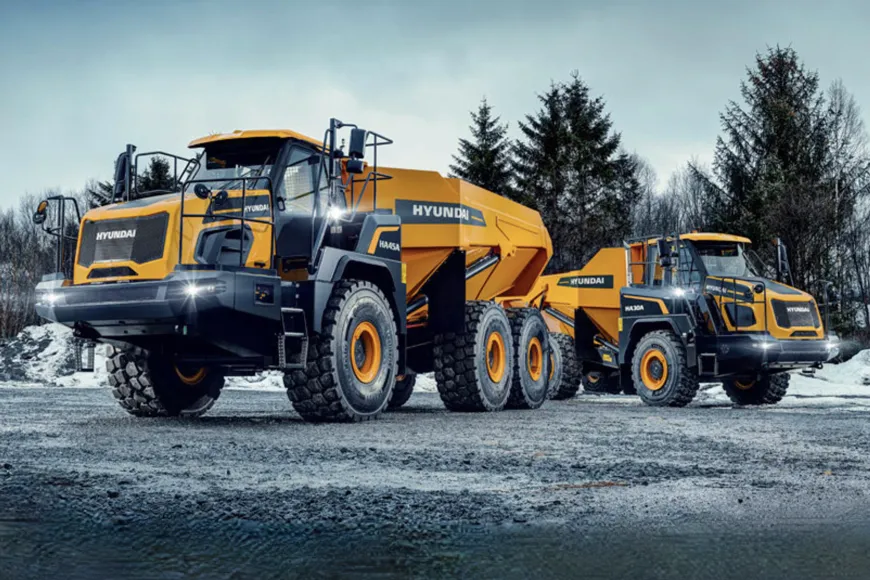
Conclusion: HD Hyundai Strategy
The HD Hyundai merger represents a bold step in reshaping the company’s future. With a clear roadmap to achieve its $11B revenue milestone, Hyundai is banking on innovation, sustainability, and global synergy to stay ahead of the curve. While challenges remain, the merger has already created momentum that could redefine the industry’s competitive dynamics.
For industry stakeholders, the merger is more than just corporate news—it’s a signal that the global construction equipment market is entering a new era. Hyundai’s journey toward its ambitious goals will be closely watched. Still, one thing is sure: the merger has positioned the company as a serious contender in the race toward long-term growth and market leadership.
Stay Updated on Industry Trends
The construction industry is evolving rapidly, and landmark moves like the HD Hyundai merger will shape its future. Stay ahead of the curve with expert insights, breaking news, and in-depth analysis at ConstructionFrontier.com.

